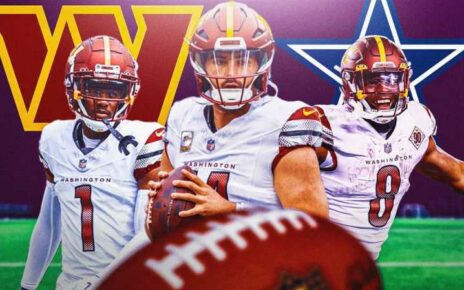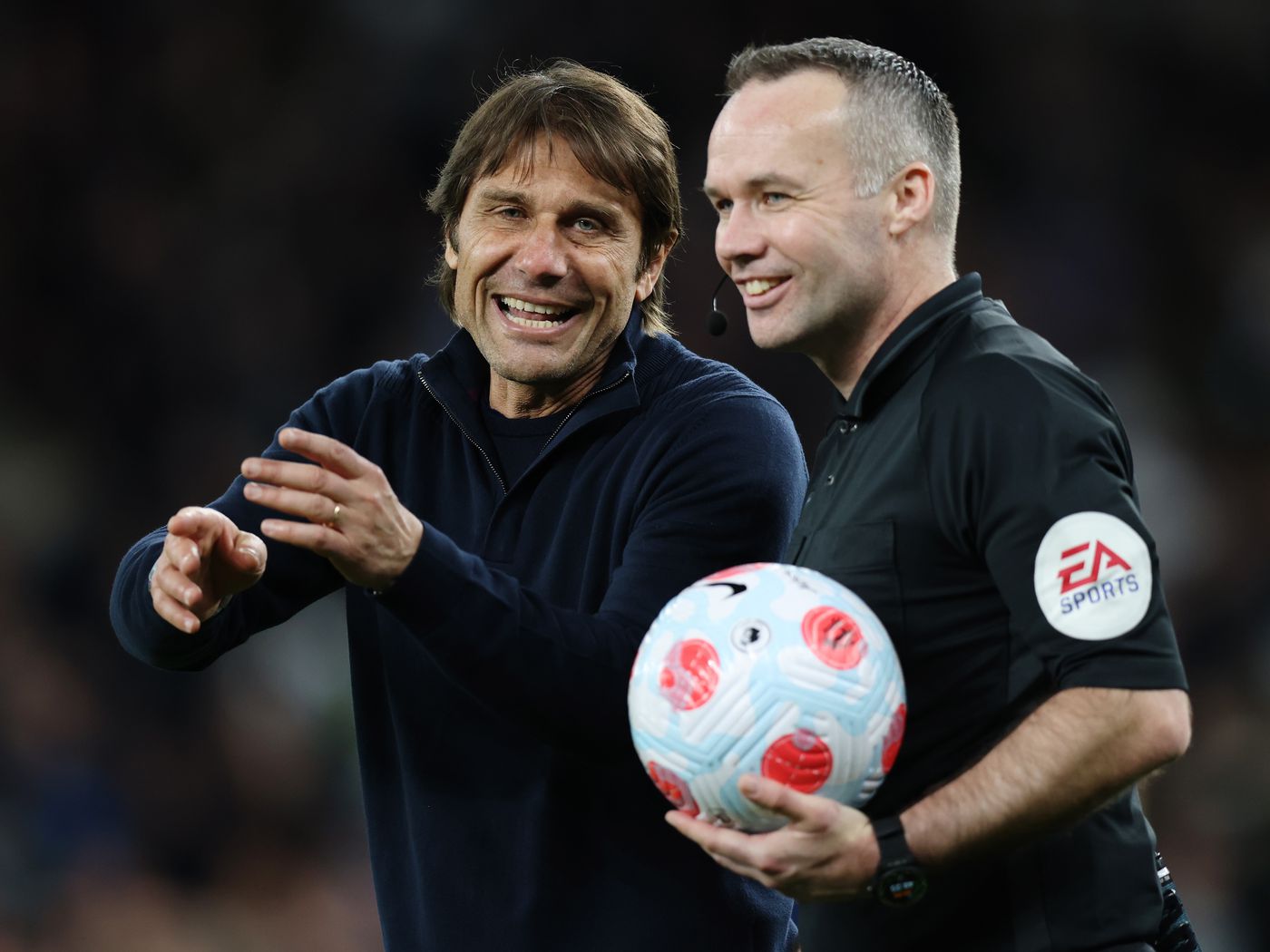School football is (formally) returning.
The NCAA’s Division I chamber declared Wednesday the endorsement of a model for an altered preseason that will permit groups a six-week runway to the 2020 season, which starts for most schools on Saturday, Sept. 5.
The model, proposed by the Football Oversight Committee and affirmed Monday during NCAA gatherings held for all intents and purposes, permits groups to start staging in required interest of as long as eight hours out of each week for weight preparing, molding and film survey starting July 13.
The additional training opportunity arrives after a lost spring football season due to the coronavirus pandemic, which covered most athletic offices and sent most of undergrads home preceding the finish of winter and spring semesters, across the country.
“Given the impact of the COVID-19 pandemic across the country, we believe this model provides institutions and their student-athletes flexibility to prepare for the upcoming season,” said West Virginia athletic chief Shane Lyons, who seats the Football Oversight Committee.
The Division I Council covers each football-playing, four-year college in Utah, from BYU, Utah and Utah State to FCS Weber State and Southern Utah and recently advanced Dixie State. All systems and conventions are dependent upon nearby and state rules for wellbeing and security, just as explicit usage from college and athletic office pioneers. However, NCAA conventions are a base standard for all part schools.
“We are encouraged by the NCAA Division I Council’s announcements today approving summer athletics activities and preseason practice for the upcoming 2020-21 athletic season,” BYU athletic chief Tom Holmoe said in an announcement. “As we did previously with the return to campus for voluntary workouts, we are developing plans for our student-athletes to begin countable athletically related activities this summer as outlined by the NCAA.
“We’ll continue to work with university leaders and government officials to monitor the COVID-19 situation closely as we make preparations for the coming season.”
On July 24, schools can require as long as 20 hours of the week from their understudy competitors, including as long as eight hours for loads and molding; six hours for walk-throughs, which may incorporated the utilization of a football; and as long as six hours out of each week for group gatherings, for example, film survey, position gatherings, and one-on-one counsels.
Groups will likewise be required to give understudy competitors in any event two days off during the 14-day acclimatization period.
Preseason practices, or preparing camps, could start as right on time as Aug. 7, for groups who will open the season Sept. 5. It is foreseen that the date could be balanced proportionately for groups whose seasons start early, for example, BYU and Utah, which are booked to open the season Thursday, Sept. 3 at Rice-Eccles Stadium.
“The Football Oversight Committee worked hard to create a model that balances the proper precautions due to the COVID-19 pandemic with the need for a lengthened acclimatization period to safely return to play,” said Penn athletic executive Grace Calhoun, who seats the NCAA Division I Council. “The council members believe approving this model is a positive step forward for the sport.”
These guidelines apply for obligatory exercises; most schools have just started a staged arrangement of bringing back understudy competitors for willful exercises. For instance, BYU started permitting fall sport competitors in ladies’ soccer, ladies’ volleyball, people’s crosscountry and aerobatic to return on June 15, or 15 days after football and people’s b-ball.
All other understudy competitors at the college are foreseen to continue deliberate exercises starting June 22.
Among the University of Utah’s wellbeing conventions for the staged reviving for offices are compulsory every day temperature checks, wristbands and face covers; accompanying all understudy competitors to and from preparing offices; and leeway to work out from particular instructing and clinical staffs.
Additionally Wednesday, the panel affirmed an arrangement for compulsory summer exercises for people’s b-ball players.
“The path is now understood for what an on-time start to the football season will look like and some definition around summer access for football and men’s and women’s basketball,” University of Utah athletic executive Mark Harlan said in a readied articulation. “This is an important step and an exciting development for our student-athletes and coaches. We have our first group beginning voluntary workouts this week, with more on track to join them the next two weeks in Phase I.
“It’s a positive step and we will continue to work diligently to provide the safest environment possible for our student-athletes.”
Understudy competitors in those games might be permitted intentional exercises of close to eight hours out of each week through July 19. Starting July 20, groups may require summer athletic exercises of as long as about two months or until the school’s first day of classes or Sept. 15 — whichever course of events is prior, as per the NCAA’s news discharge. Virtual, nonphysical exercises can be led in their stead, however the blend of virtual and in-person exercises ought not surpass eight hours out of each week, the committee said.
“The council worked to balance the desire to get student-athletes training again with the need to repopulate our campuses and athletics facilities gradually and safely, within all campus, local and state mandates,” Calhoun said in a statement. “Student-athlete health and safety should remain a top priority.”
The NCAA chamber likewise examined an impermanent waiver to permit other fall sports competitors, for example, people’s soccer and ladies’ volleyball, to start required face to face exercises starting July 15. A ultimate choice has been conceded until a later date, be that as it may.
The gathering additionally postponed an official choice from the Name, Image and Likeness Legislative Solutions Group with respect to competitor pay for those rights. They’ll consider that enactment during the 2020-21 authoritative cycle, as indicated by a news discharge.
Different gatherings and competitors will introduce proposition to the NCAA through the mid year, until the chamber’s cutoff time for recommendations set for Nov. 1.
Considering the COVID-19 pandemic, the NCAA casted a ballot to defer a few necessities for the forthcoming 2020-21 scholarly year. That incorporates requiring every Division I multi-sport gathering to meet least necessities for standard season gathering games and rivalries.




